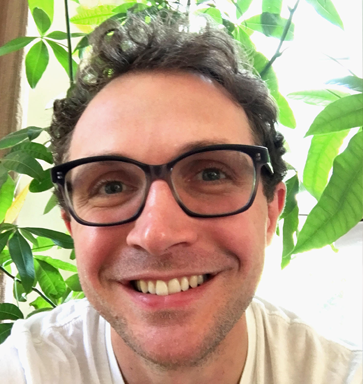Chris Bradley is an artist living and working in Chicago. Originally from New Jersey, he relocated to the midwest to attend school. He received his BFA from the University of Michigan, and his MFA from the School of the Art Institute of Chicago. His recent exhibition history includes solo shows at the Museum of Contemporary Art Chicago, Shane Campbell Gallery (Chicago), Roberto Paradise (San Juan, PR), and the Museum of Contemporary Art Raleigh, and group shows at The Renaissance Society, Atlanta Contemporary Art Center, and the Museum of Contemporary Art Detroit. In 2014, he was included in the Modern Painters feature “25 Artists to Watch.” He has worked as an educator at the School of the Art Institute of Chicago since 2010.
From the essay written by Joey Orr, the Andrew W. Mellon Curator for Research, Spencer Museum of Art, University of Kansas, for Bradley’s recent solo exhibition at the Museum of Contemporary Art Chicago:
“Chris Bradley’s manipulation of materials creates a visual and spatial experience that underscores his playful view of the world. On a material level, his works fool the eye, prompting viewers to distrust their original impression and reexamine his objects. On a conceptual level, they suggest that all things, not just his sculptures, can be seen this way. His morphing, shifting objects have an art historical lineage, but more to the point, they imply that the shifting and unstable spaces of the exhibition extend well beyond the museum into the outside world.”
When asked about his studio practice, Bradley speaks candidly. “I tell myself that I make art for honest reasons: in an attempt to understand the world; to exercise being creative and expressive; to practice a way of life that I enjoy; and to be part of a conversation bigger than myself. I work with a sculptural language that consists of representation, poetics of ordinary subjects, trompe l’oeil techniques, and exhibition as site for the imagination. I aim to use this language to encourage my audience to suspend disbelief and reconsider the world.”

